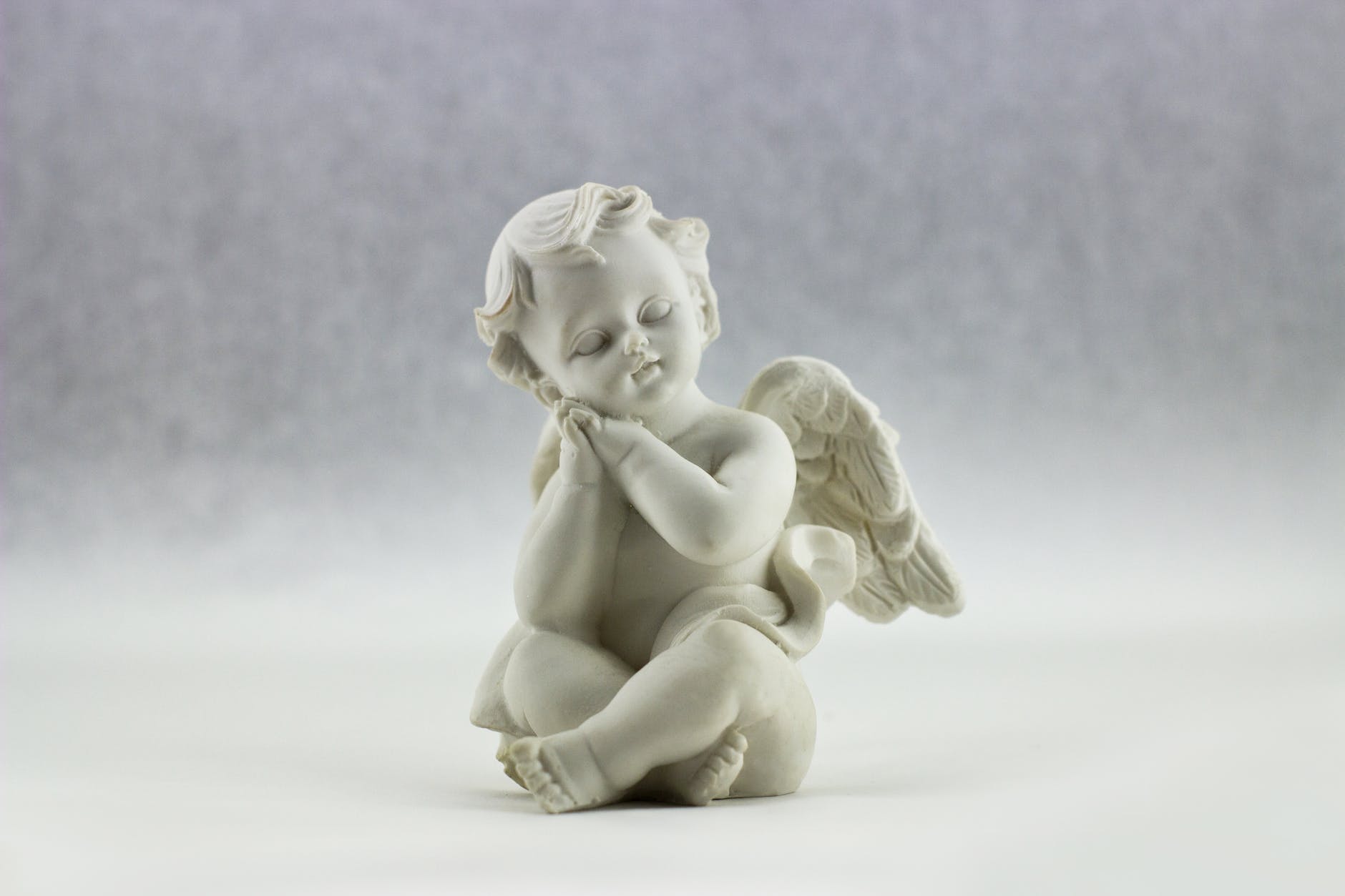Sculpture Studio Essentials: Must-Have Tools and Materials
Sculpting is an exciting and rewarding art form that allows artists to bring their creative visions to life in 3D. However, having the proper tools and materials on hand is essential for sculptors to achieve their desired results. This article will provide an overview of the must-have essentials for any sculpture studio, from basic tools to materials to safety equipment.
Modeling and Carving Tools
Sculptors need a variety of tools for modeling, carving, cutting, shaping, and detailing their sculptures. Here are some of the most essential sculpting tools:
Modeling Tools
- Wire loop tools – These come in a variety of shapes and sizes and are used for smoothing and shaping clay. The wire loops are excellent for reaching into hollow areas and refining detail work.
- Ribbon tools – Ribbon tools have thin, flexible stainless steel blades that make it easy to slice cleanly through clay for cutting, scraping, and smoothing surfaces.
- Wooden modeling tools – Made of shaped wood, these modeling tools are useful for sculpting, blending, and smoothing clay surfaces. Varieties include conical and wedge-shaped silicon-tipped tools.
- Metal sculpting tools – These include flat and rounded metal sculpting tools ideal for shaping, texturing, smoothing, and burnishing clay.
Carving Tools
- Chisels – Available in many sizes and shapes, chisels are essential for chipping and cutting away clay or stone. Common types include point, flat, and gauge chisels.
- Rasps – Used to shape sculptures and remove excess material. Rasps come in coarse to fine grits.
- Files – Help refine forms and smooth surfaces. Files come in flat, round, half-round, and triangular shapes.
- Sanding and abrasive tools – Help refine details. Types include sanding blocks, abrasive papers, and rifflers.
- Calipers – Allow precise, controlled cutting when used with chisels. Help maintain symmetry.
- Clamps – Help secure sculpture to worktable when carving. Prevent slippage.
Essential Sculpture Materials
Sculptors work with a wide variety of materials. Here are some of the most popular and versatile sculpting media:
Clay
- Oil-based clay – The most commonly used sculpting material. Oil clays remain soft and pliable. Examples include Roma Plastilina and Chavant.
- Polymer clay – Hardens without firing. Comes in many colors. Brands like Sculpey are popular.
- Earthenware – Water-based clay that air dries but requires firing to harden fully. Used for pottery and sculpture.
Wax
- Modeling wax – Made of beeswax, paraffin wax, and plasticine. Used for scaling and preparing molds. Easy to shape.
- Microcrystalline wax – Harder than modeling wax. Good for detailed wax sculptures.
Plaster
- Plaster of Paris – Quick-setting powder that mixes with water. Used for waste molds, sculptures, and casting.
- Hydrocal – Higher density plaster for molds and casting.
- Forton MG – Excellent for molding and casting detailed sculptures.
Wood
- Basswood – Finely grained, easy to carve and sand. Used for wood sculptures and maquettes.
- Alder – Affordable hardwood with straight grain. Carves well and takes detail.
- Maple – Very hard, durable wood. Holds detail in carving.
Stone
- Marble – Classic fine-grained stone for sculptures. Can be polished to a shine.
- Limestone – Sedimentary stone, softer and easier to carve than granite.
- Soapstone – Very soft, steatite stone. Easily carved and sanded.
Studio Safety Equipment
Working with sculpture tools and materials can be hazardous without proper safety gear:
- Dust mask – Protects lungs from dust when carving, chiseling, or sanding sculptures.
- Safety goggles – Prevent eye injuries from flying particles when sculpting.
- Work gloves – Guard hands from blisters, cuts, abrasions. Need dexterity.
- Apron – Keeps clothes free of dust, splatters, and stains from materials.
- ** particulate respirator** – Removes dust and chemical particulates. Necessary when working with certain materials.
Proper ventilation, first aid supplies, and disinfectants should also be kept on hand. Having a clean, hazard-free workspace is key for studio safety.
Essential Studio Accessories
Along with sculpting tools and materials, there are some essential accessories that help keep a studio organized and a sculptor working efficiently:
- Wire armatures – Allow sculpting human and animal figures with poseable limbs. Made of welded wire.
- Plinths – Sturdy bases for displaying sculptures. Wood, steel, stone available.
- Clay extruder – Press softer clays through shaped dies to create long pieces.
- Slip trailers – Hold liquid clay slip for pouring molds. Come in various sizes.
- Calipers & rulers – Allow precise measuring and scaling of the sculpture and its parts.
- Bats – Thin boards that give clay works a movable base for working. Fit kiln shelves.
- Ribs – Made of wood, rubber or metal, these scrape and shape clay.
- Wire tools – Helps cut thru and join pieces of clay or wax.
Having these additional tools on hand helps take projects from start to finish more efficiently.
Key Takeaways
The essentials covered in this article provide a solid starting point for stocking a productive sculpture studio. Key takeaways include:
- Invest in quality modeling, carving, and detailing tools suited to your medium. Chisels, loop tools, ribs, files, and more.
- Have an assortment of clays, waxes, plaster, wood and stone on hand to allow versatility.
- Safety first. Use gloves, goggles, respirators and ventilation as needed.
- Accessories like calipers, plinths, extruders, etc. aid in sculpting and displaying final pieces.
With high quality tools, materials, safety equipment, and accessories, sculptors can create to their full potential in a tailored studio space. Proper planning and investment in these fundamental sculpture elements pays dividends in results.
